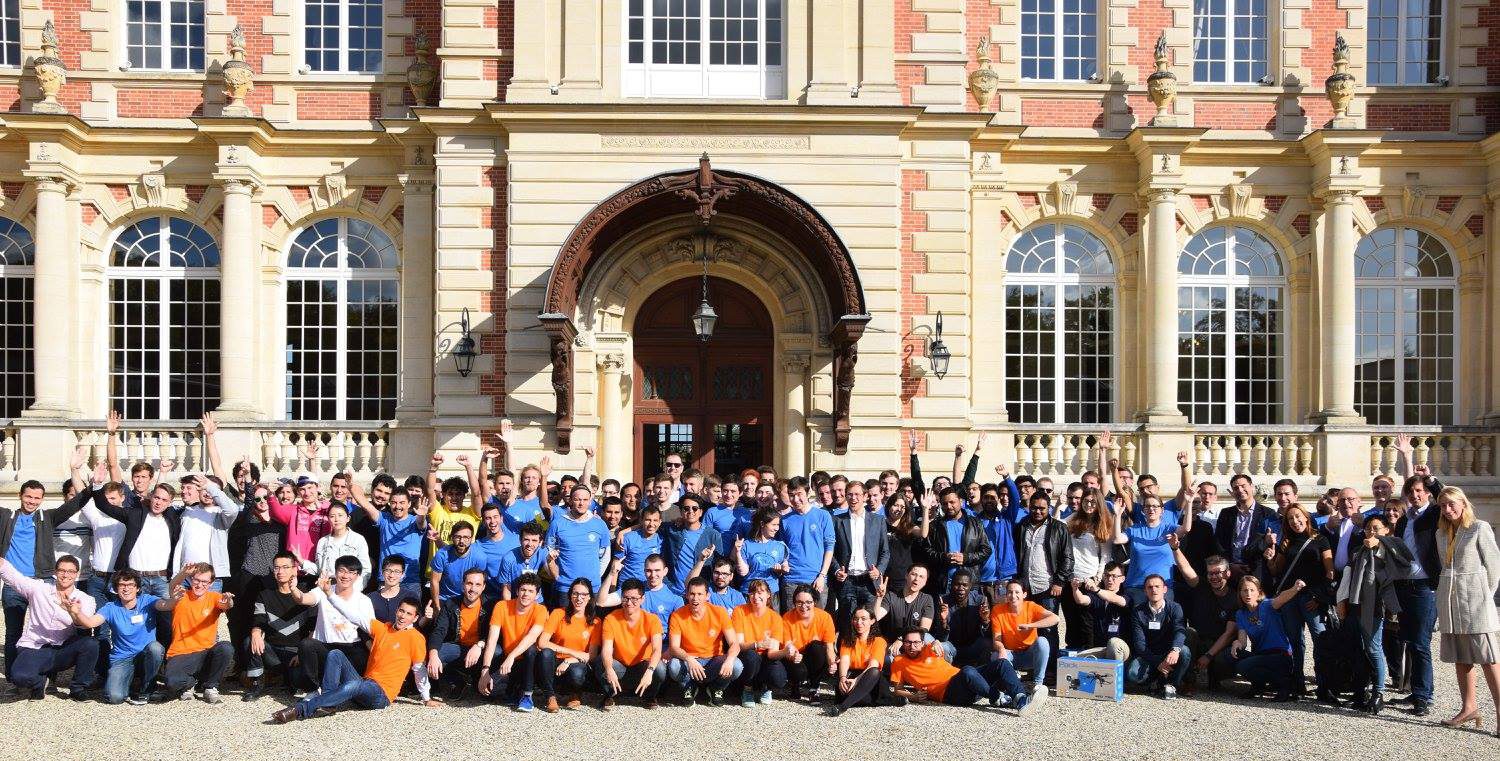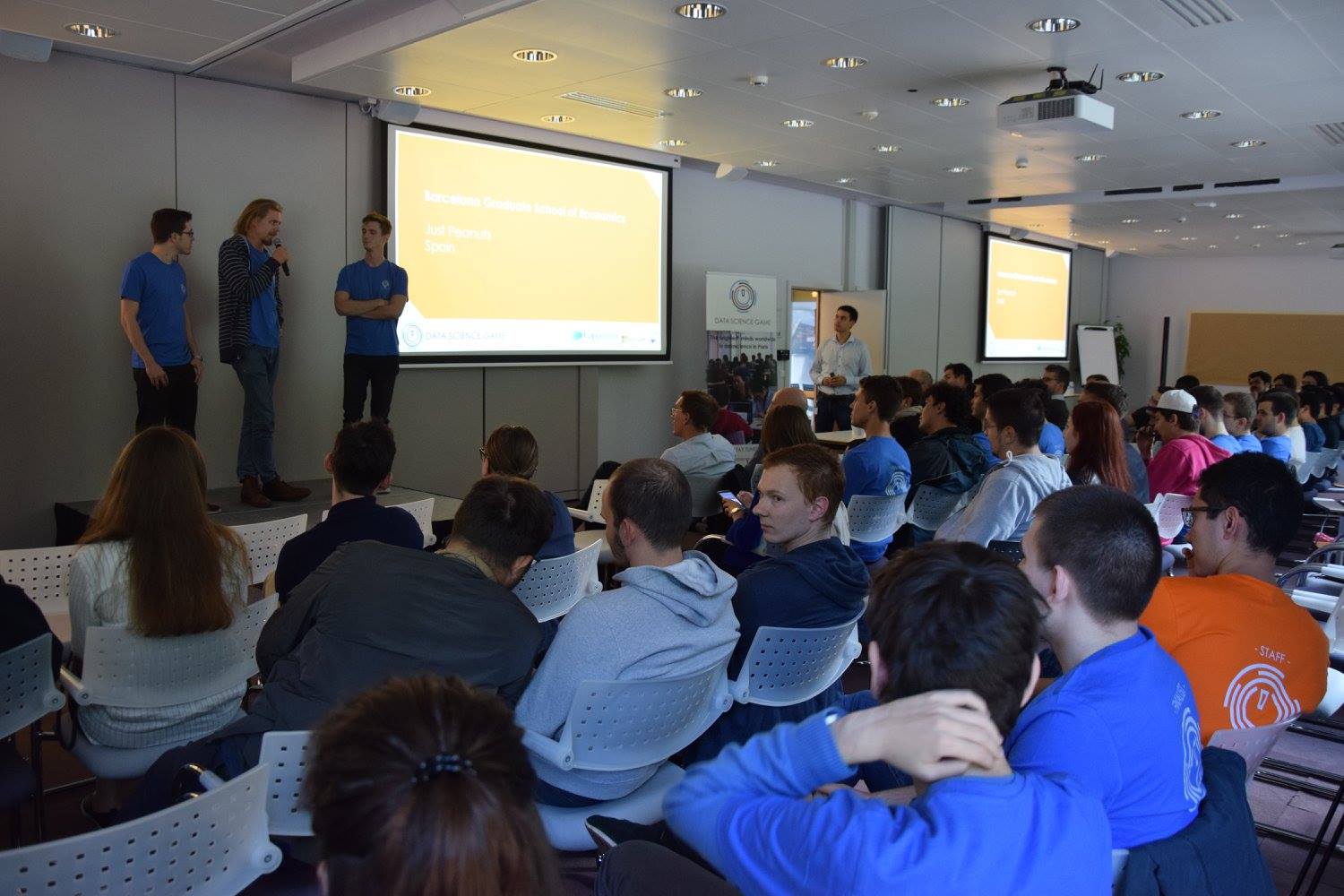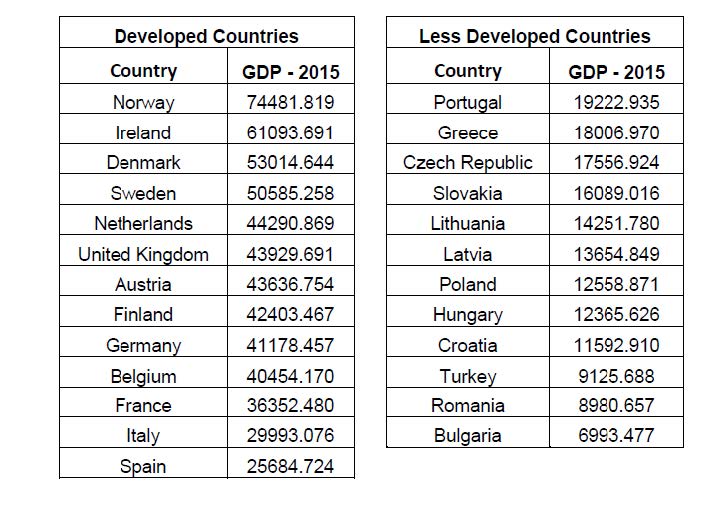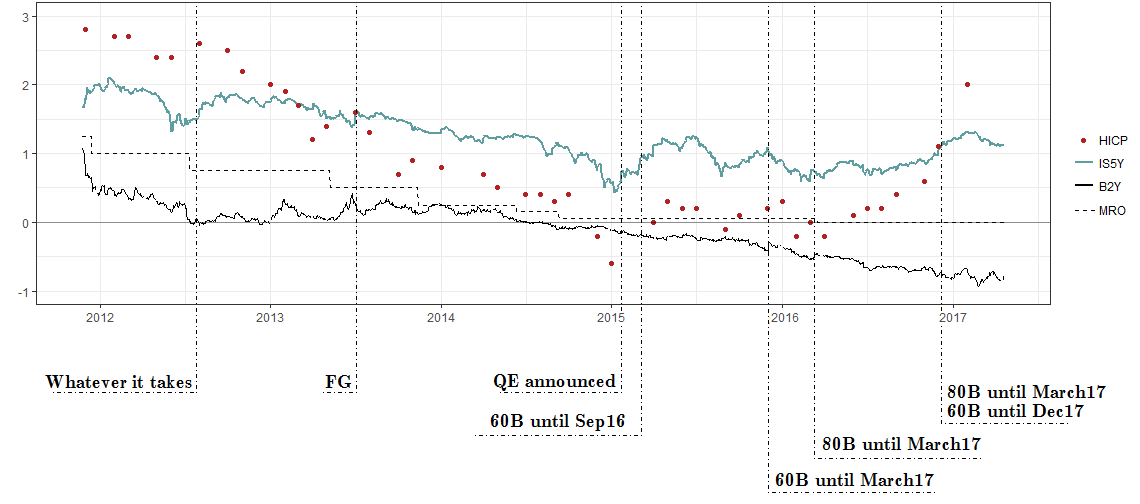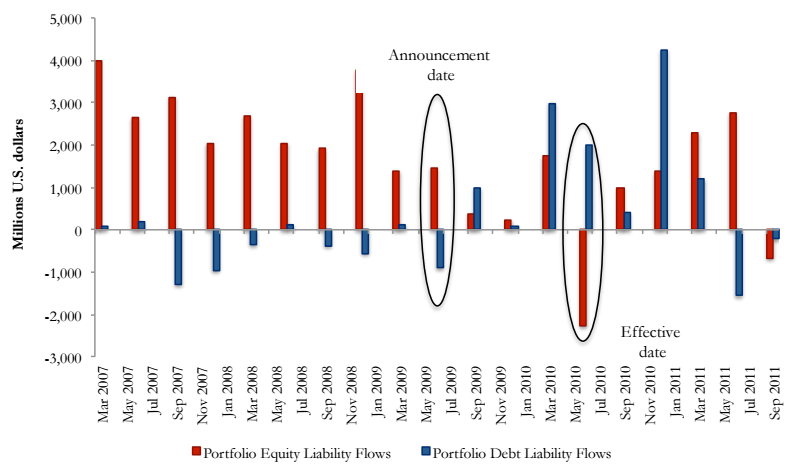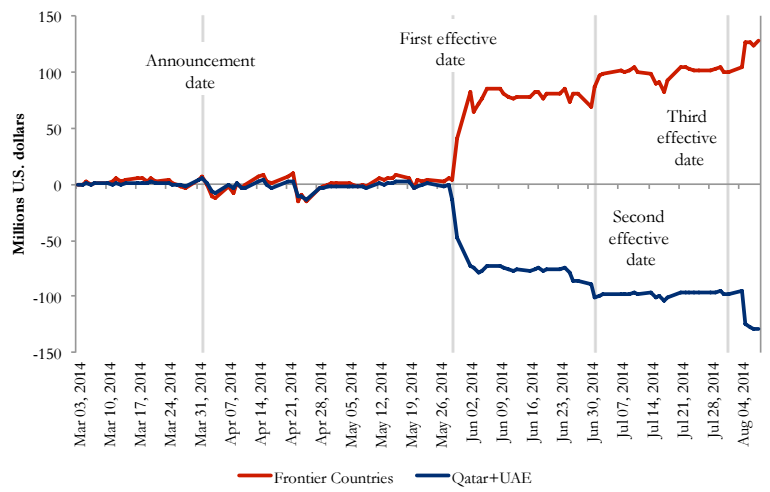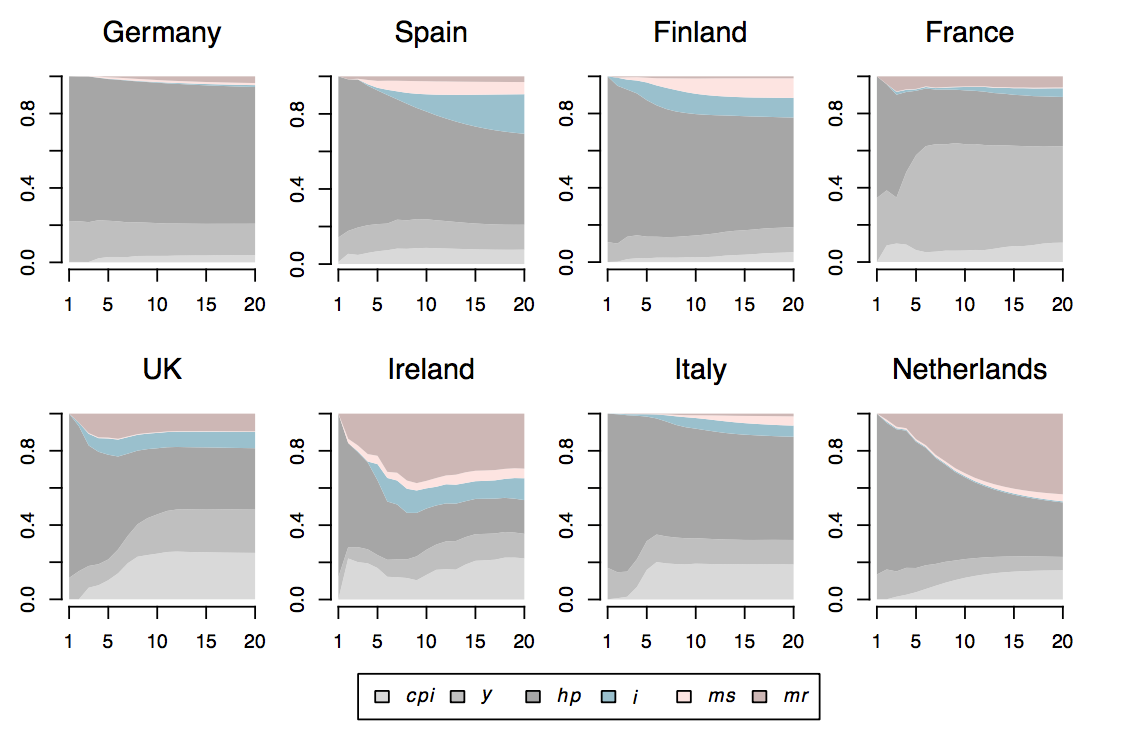Photo credit: Nattanan Kanchanaprat
By Orestis Vravosinos (Economics ’18) – This article first appeared on the blog of Nudge Unit Greece.
In recent decades, financial literacy has been gaining more and more research interest with experts emphasizing that it can be conducive to more efficient financial decision-making. Given the tough economic situation in many countries around the world after the global financial crisis, the need for financial literacy has become even more imperative. Through financial literacy people can both achieve higher levels of wealth and better allocate it in order to make the most out of it or, as an economist would say, maximize their utility.
Before we start to examine the ways, in which financial literacy can inform our decisions, we first need to define financial literacy. An integrative definition stressing both financial knowledge and the ability to put it in practice has been proposed by Remund (2010, p. 284), who defines it as
“a measure of the degree to which one understands key financial concepts and possesses the ability and confidence to manage personal finances through appropriate, short-term decision-making and sound, long-range financial planning, while mindful of life events and changing economic conditions.”
Financial literacy and behavioral economics enhancing financial decision-making
Financial knowledge can enhance decision-making by raising awareness about some common behavioral errors people are susceptible to, when making financial decisions. Estelami (2009) argues that financial literacy programs could fight typical financial decision-making errors, such as hyperbolic discounting, short-term memory overload, anchoring effects, inaccurate risk perceptions and mental accounting. Similarly, Loerwald and Stemmann (2016) suggest that, when people become aware of some common human decision-making errors, they can better resist to making them, while the importance of financial education and financial literacy is also stressed by Altman (2012) and Shen (2014), who addresses overconfidence, anchoring and framing effects.
Another major mistake people do is that they often hold under-diversified portfolios. The importance of portfolio diversification in mitigating risk and achieving optimal return and risk combinations has long been acknowledged both in academia and by investment professionals. This crucial role of portfolio diversification has become even better acknowledged, since Harry Markowitz’s –recipient of The Sveriges Riksbank Prize in Economic Sciences in Memory of Alfred Nobel in 1990– seminal paper Portfolio Selection(1952)*. However, studies have shown that many households and individual investors hold under-diversified portfolios.
Fortunately, based on empirical evidence it appears that individuals with higher financial knowledge possess better diversified portfolios (Goetzmann and Kumar, 2008; Calvet, Campbell and Sodini, 2007; Guiso and Jiappelli, 2009; Abreu and Mendes, 2010; Kimball and Shumway, 2010).
Struggling against bad financial decisions
Nevertheless, as Estelami (2009) underlines, knowledge of financial matters cannot guarantee success in our financial decisions, as behavioral errors and biases in these decisions are often found to affect even the most financially knowledgeable. The father of Modern Portfolio Theory, whom we met just above, Harry Markowitz, admitted that he had used the 1/N heuristics or naive diversification; that is, he simply assigned equal weights to all assets in his portfolio without for example looking at the correlations among the included assets. He attributed this decision to regret aversion: “My intention was to minimize my future regret, so I split my retirement plan contributions 50/50 between bonds and equities.” (Mitra, 2003; Pompian, 2012).
What’s the takeaway?
Financial literacy and knowledge of our psychological and cognitive biases and errors are key factors that can help us lead a wealthier life. However, the battle against bad financial decisions is not a piece of cake for any of us. The best we can do is to start this learning journey in financial literacy and behavioral economics -which hopefully you have already done by clicking on these eye-catching hyperlinks in the text. That way, the next time we are buying a new 20.000€ car and are presented with these gorgeous 2.000€ accessories to buy with (because “come on, it’s peanuts, I’m already spending 20.000€ on the car”), we will know that we may be falling for mental accounting and “bundling”. Therefore, we need to think twice if we value these accessories that much; maybe these 2.000€ spent on something else would finally prove to be much more useful and make us a lot happier!
Note: The idea for the last example comes from the lecture Mental Accounting and Expenditures of the free online course Behavioral Finance, which you may well want to enjoy by clicking here.
*The concept of diversification had been known for many years before, but Markowitz’s work provided a solid theoretical framework and helped lay the foundations of Modern Portfolio Theory. For an assessment of the early history of portfolio theory, see Markowitz (1999).
References
Altman, M. (2012). Implications of behavioural economics for financial literacy and public policy. The Journal of Socio-Economics, 41(5), pp.677-690.
Estelami, H. (2009). Cognitive drivers of suboptimal financial decisions: Implications for financial literacy campaigns. Journal of Financial Services Marketing, 13(4), pp.273-283.
Loerwald, D. and Stemmann, A. (2016). Behavioral Finance and Financial Literacy: Educational Implications of Biases in Financial Decision Making. In: C. Aprea, E. Wuttke, K. Breuer, N. Koh, P. Davies, B. Greimel-Fuhrmann and J. Lopus, ed., International Handbook of Financial Literacy, 1st ed. Springer Singapore, pp.25-38.
Markowitz, H. (1999). The Early History of Portfolio Theory: 1600-1960. Financial Analysts Journal, 55(4), 5-16.
Rasiel, E. & Forlines, J. (2016). Mental Accounting and Expenditures. Lecture, Behavioral Finance by Duke University on coursera.org.
Shen, N. (2014). Consumer rationality/irrationality and financial literacy in the credit card market: Implications from an integrative review. Journal of Financial Services Marketing, 19(1), pp.29-42.







